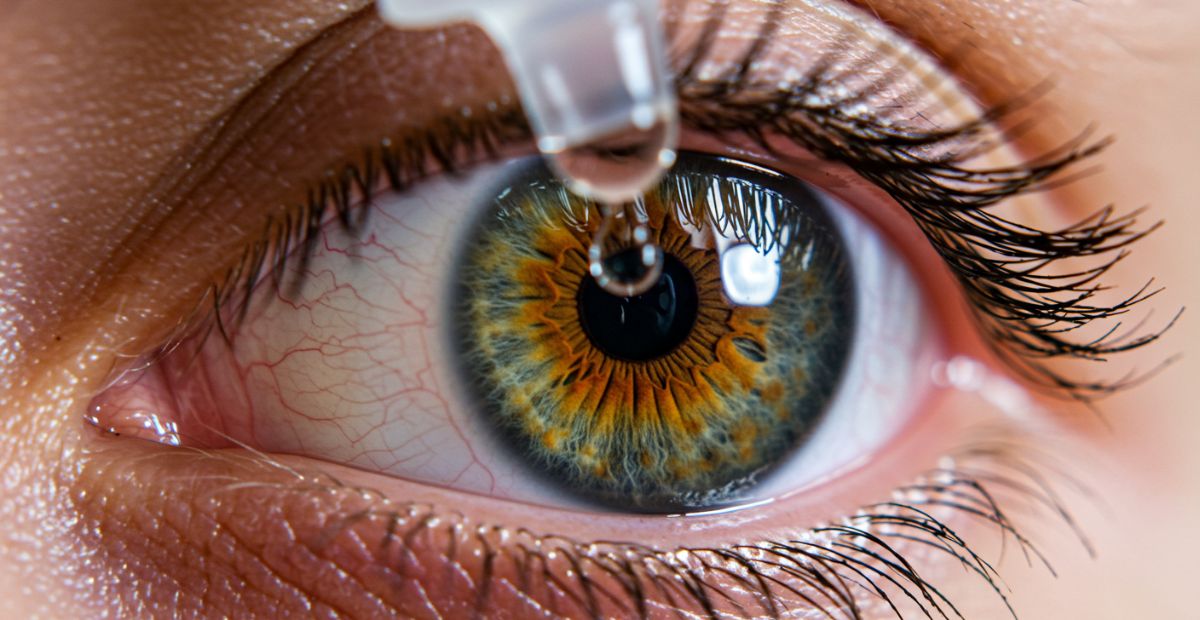Expired Eye Drops: Safety, Risks, and What You Should Do
We’ve all been there—you find a half-used bottle of eye drops in the bathroom cabinet, only to notice it expired months ago. At that moment, the big question is: Is it okay to use expired eye drops? While it might feel wasteful to throw them out, expired drops are not as harmless as they seem. Once their shelf life has ended, active ingredients lose strength, preservatives weaken, and the chance of bacterial contamination increases. As a result, instead of soothing your eyes, they may trigger irritation or even infection.
In this article, you’ll discover why expired drops should be avoided, how long they’re safe after opening, and the best ways to protect your eyes.
Table of Contents
- Do Eye Drops Really Expire?
- Locating the Expiration Date on Eye Drops
- Why Using Expired Eye Drops Is Risky
- Bacterial Contamination
- Reduced Effectiveness
- Preservative Degradation
- How Long Are Eye Drops Safe After Opening?
- Signs Your Eye Drops May No Longer Be Safe
- Best Practices for Storing Eye Drops
- What to Do If You Accidentally Use Expired Eye Drops
- Safer Alternatives to Expired Eye Drops
- When to Visit an Eye Care Professional
- Conclusion
- FAQs
1. Do Eye Drops Really Expire?
Yes—like all medications, eye drops do expire. This date, printed on the packaging or bottle, indicates how long the manufacturer guarantees the product will remain sterile and effective. Beyond that point, however, its quality is no longer assured.
Just as you wouldn’t drink expired milk even if it looks fine, expired eye drops can be unsafe despite appearing normal.
Related terms: eye drop shelf life, expiration date on medication, outdated eye treatment, expired lubricating drops.
2. Locating the Expiration Date on Eye Drops
Finding the expiration date is simple once you know where to look. It may appear on:
- The bottom or back of the box
- The side of the label
- The crimp or base of the bottle
If the date has rubbed off or the packaging is missing, then it’s safest to discard the drops rather than take a chance.
3. Why Using Expired Eye Drops Is Risky
Bacterial Contamination
Once opened, every use exposes the bottle to air and potential germs. Preservatives help keep the liquid sterile, but after expiry, their strength fades. Contaminated drops can cause redness, irritation, or even serious infections like keratitis.
Reduced Effectiveness
The active ingredients lose potency over time. Therefore, expired allergy drops, glaucoma medication, or lubricating solutions may no longer relieve symptoms or manage conditions effectively—delaying proper treatment.
Preservative Degradation
Preservatives extend shelf life, yet once they break down, the drops become a welcoming environment for harmful microorganisms.
4. How Long Are Eye Drops Safe After Opening?
Most multi-use bottles are safe for about 28 days after opening. Even if the printed expiration date is months away, sterility is compromised once the seal is broken.
On the other hand, single-use vials should be discarded immediately after application since they don’t contain preservatives.
5. Signs Your Eye Drops May No Longer Be Safe
Even before expiration, poor storage can ruin eye drops. For example, watch for:
- Cloudy or discolored solution
- An unusual smell
- Thicker or watery consistency
- A burning sensation when applied
If you notice any of these changes, then stop using the drops right away.

6. Best Practices for Storing Eye Drops
To maximize safety and effectiveness:
- Keep them at room temperature unless directed otherwise
- Store away from sunlight and excessive heat
- Tightly close the cap after every use
- Avoid touching the nozzle to your eye, fingers, or surfaces
By following these simple steps, you reduce contamination risks significantly.
7. What to Do If You Accidentally Use Expired Eye Drops
Using expired drops once by mistake usually isn’t dangerous. However, if you develop redness, pain, blurry vision, or unusual discharge afterward, stop using them and consult an eye doctor immediately.
Pro tip: Keep a spare unopened bottle handy so you’re never tempted to rely on an expired one.
8. Safer Alternatives to Expired Eye Drops
Rather than taking risks with outdated medication, try these alternatives:
- Purchasing smaller bottles if you rarely use them
- Choosing preservative-free single-use vials
- Asking your eye care provider for long-term solutions tailored to your needs
9. When to Visit an Eye Care Professional
Seek medical advice if you notice:
- Ongoing redness or irritation
- Intense burning after applying drops
- Sudden vision changes
- Swelling or unusual discharge
Since expired or contaminated drops can sometimes trigger infections, you may require prescription treatment.
10. Conclusion
While expired eye drops may not always cause immediate harm, the risks of reduced effectiveness, bacterial growth, and preservative breakdown are too serious to ignore. Therefore, to protect your eyes, always check expiration dates, discard drops 28 days after opening, and store them properly.
When in doubt, remember: your vision is too valuable to gamble with an outdated bottle. Toss it out and reach for a fresh supply.
11. FAQs
Can expired eye drops be used in emergencies?
No. They may be ineffective or unsafe. Always keep a backup.
Why do multi-use bottles expire so quickly?
Once opened, preservatives weaken, and the sterility of the bottle is compromised.
Are preservative-free eye drops better?
They avoid preservative exposure but must be used immediately and discarded after one use.
What if I accidentally used expired drops once?
It’s usually harmless, but monitor for irritation or infection. Contact a doctor if symptoms develop.
How can I extend the lifespan of my drops?
Store them correctly, avoid touching the tip, and keep bottles tightly sealed when not in use.



